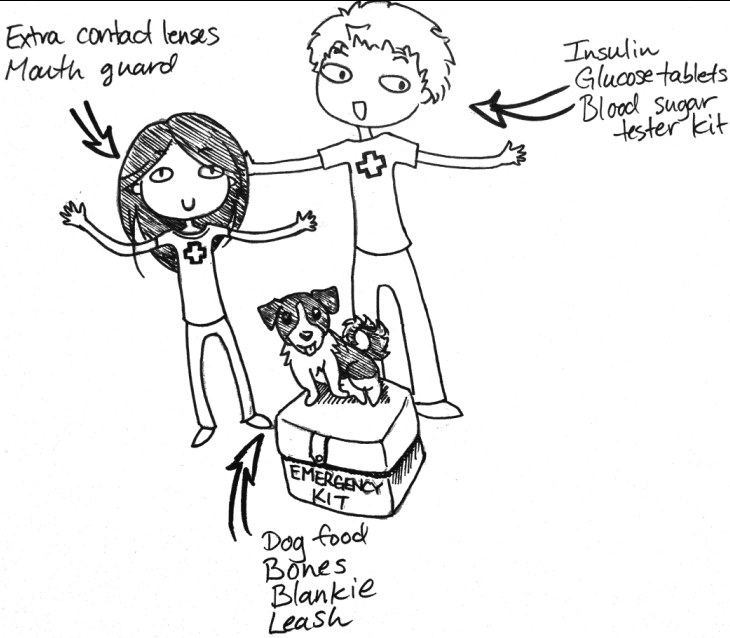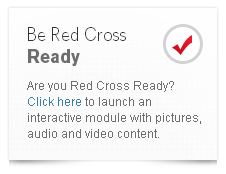Major disasters like Superstorm Sandy are sobering reminders that despite extensive media coverage, last-minute preparations, and a huge response effort, thousands of people can still be put into life threatening situations.
Personal preparedness may not sound exciting, but it can make a HUGE difference in the days following a disaster, when infrastructure is often challenged and response agencies are busy trying to meet the needs of many.
Why? It’s simple. Every person is different, and we all have different needs. The best way to take care of yourself after a disaster is to have all of the stuff you need ready before it strikes.
The most important items to have are ones that are critical for your comfort and health. Get enough to last you at least 3 days – or even better, a few weeks. Consider any special needs you and your family members have. Do they have allergies? Prescription medicine? Dietary restrictions? We all think about getting water and canned food, but if members of your family have allergies or specific diets, make sure you have plenty of food that is safe for them to eat on hand.

My family emergency plan includes some special items.
In a situation where you need extra help on top of the preparations you’ve made, you can look to the Red Cross for our services. Even before disaster strikes, we often prepare to open shelters and are ready to take people in as soon as there is a need. (Note that Red Cross shelters typically can’t take pets, but we often work with partners or provide information about pet locations. Best thing to do is to check first and make a plan.)
When you arrive at a Red Cross shelter, you can expect these things:
- A form to fill out as soon as you arrive, to let shelter workers know what your needs are. You should include all dietary restrictions (due to religion, allergies, or other reasons), and health-related needs.
- Workers who will review your intake form and follow up with you on any special needs.
- A kitchen that will accommodate special diets OR catered food from a local business that can be ordered with dietary needs in mind.
- Red Cross workers who can give you information on how to return to your home, seek additional assistance, or address critical needs.
- Basic necessities and comfort kits with items like toothbrushes and soap.
Remember that a Red Cross shelter is meant to be a safe place for you to stay if you are forced to be evacuated for any reason, if you have lost power, or if you are in any other situation that renders your home unsafe. Red Cross workers are there to help you. So don’t hesitate to look up your nearest Red Cross shelter when disaster strikes.
Get started on your disaster plan now. Put your kit together and talk through what basic things you’ll need to bring with you if you have to leave your home. Just click on the link below:

